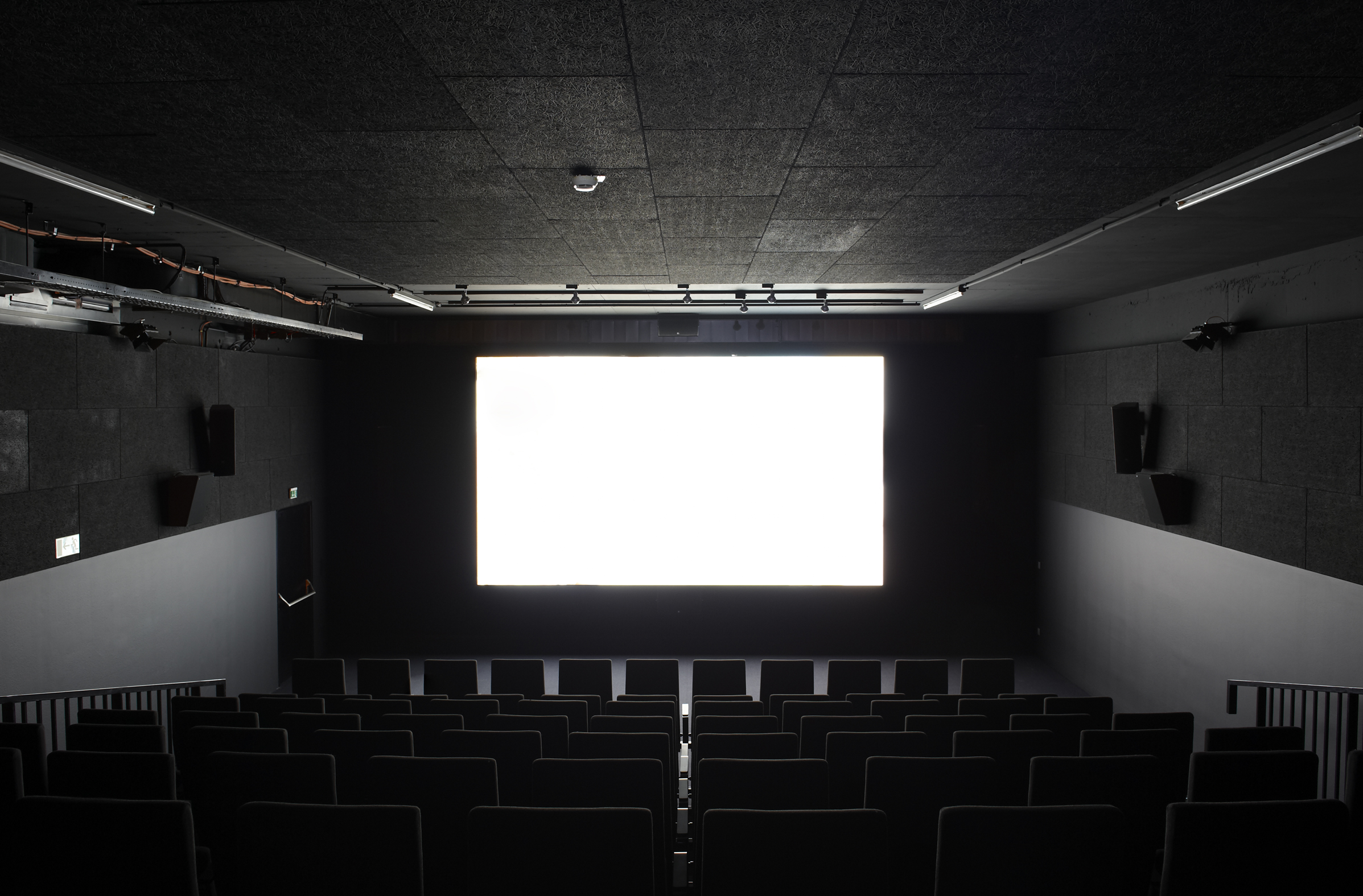
16.11.2016
Stranded at Schwimmen-zwei-Vögel (2)
Stranded at Schwimmen-zwei-Vögel (2)
In the opening paragraph of his fantastically crazed modernist masterpiece At Swim-Two-Birds, Irish writer Flann O’Brien wrote: “One beginning and one ending for a book was a thing I did not agree with. A good book may have three openings entirely dissimilar and inter-related only in the prescience of the author, or for that matter one hundred times as many endings.” Following this logic, this program over four evenings will have four themes, and each evening will be independent from the others. They are all self-contained. Yet their dissimilarity will not hold for long, as they are compelled to inhabit the same space. They will start to interact and dissolve into each other. Animals enter architecture and politics begins to rhyme.
Language has music and music is a language. This simple dictum has given inexhaustible material to poets and composers, but also to artists, particularly since temporality was introduced to art through film, performance, and text. Artists stretch words to their limit, challenge the structure of speech, write songs, and tell stories. And when language became the field for artists to frolic in, their bodies also became important as the medium of their works. Either as tender singing or daring poetry, words have turned the figure of the artist into a valuable carrier and conveyer of possibilities. Leslie Thornton’s work, for example, presents a collision between the asceticism of structuralist filmmaking and the intimacy of language, while Cecelia Condit’s absurd sing-along is a macabre assessment of consumerism. The spoken word-based practice of Sue Tompkins, partly founded upon her experience in music, with its unique tempo, idiosyncratic syntax, concisely deployed repetitions and characteristic inflection, shows that Tompkins’ approach to art/poetry is profoundly musical.
Program
Cecelia Condit, Possibly in Michigan, 1983, 12 min
Leslie Thornton, X-TRACTS, 1975, 9 min
Imogen Stidworthy, Barrabackslarrabang, 2009–2010, 10 min
Stephen Prina, Vinyl II, 2000, 22 min
Sue Tompkins, Pass the Drones, 2016, approx. 20 min (performance)
Curated and presented by Yuki Higashino, guest: Sue Tompkins
Yuki Higashino lives in Vienna. He has recently exhibited at Le BBB centre d’art, Toulouse, Schneiderei, Vienna (2016), Mount Analogue, Stockholm, and Skånes konstförening, Malmö (2014, both with Elisabeth Kihlström). In November 2016 he will present a joint exhibition with Elisabeth Kihlström at Gallery G99, House of Arts, Brno.
Sue Tompkins lives in Glasgow. Exhibitions (selection): The Gallery of Modern Art, Glasgow at Glasgow International (2014); Its chiming in Normaltown, Midway Contemporary Art, Minneapolis (2012). Performances (selection): LETHERIN THROUGH THE GRILLE, White Columns, New York (2014); Scottish Pavilion, Venice Biennale (2005).
© mumok – museum moderner kunst stiftung ludwig wien